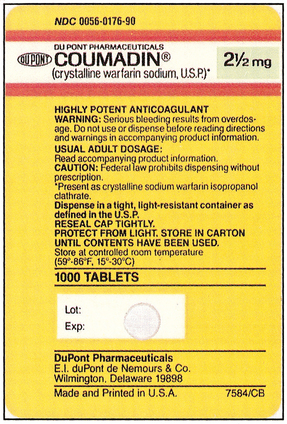CHAPTER 2 Coumadin is an anticoagulant. An overdose of Coumadin (example: 25 mg instead of 2½ mg) can result in a serious adverse effect, such as a severe hemorrhage (Figure 2-1). A fraction is a part of a whole number (Figure 2-2). It is a division of a whole into units or parts (Figure 2-3). Two or more fractions with different denominators can be compared by changing both fractions to fractions with the same denominator (Box 2-1). This is done by finding the lowest common denominator (LCD), or the lowest number evenly divisible by the denominators of the fractions being compared.
Fractions




TYPES OF FRACTIONS
Example:






























 Practice Problems
Practice Problems





















